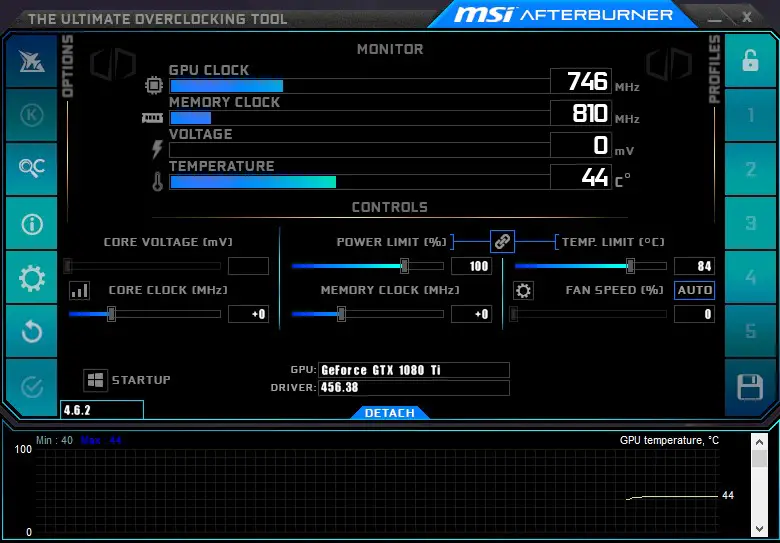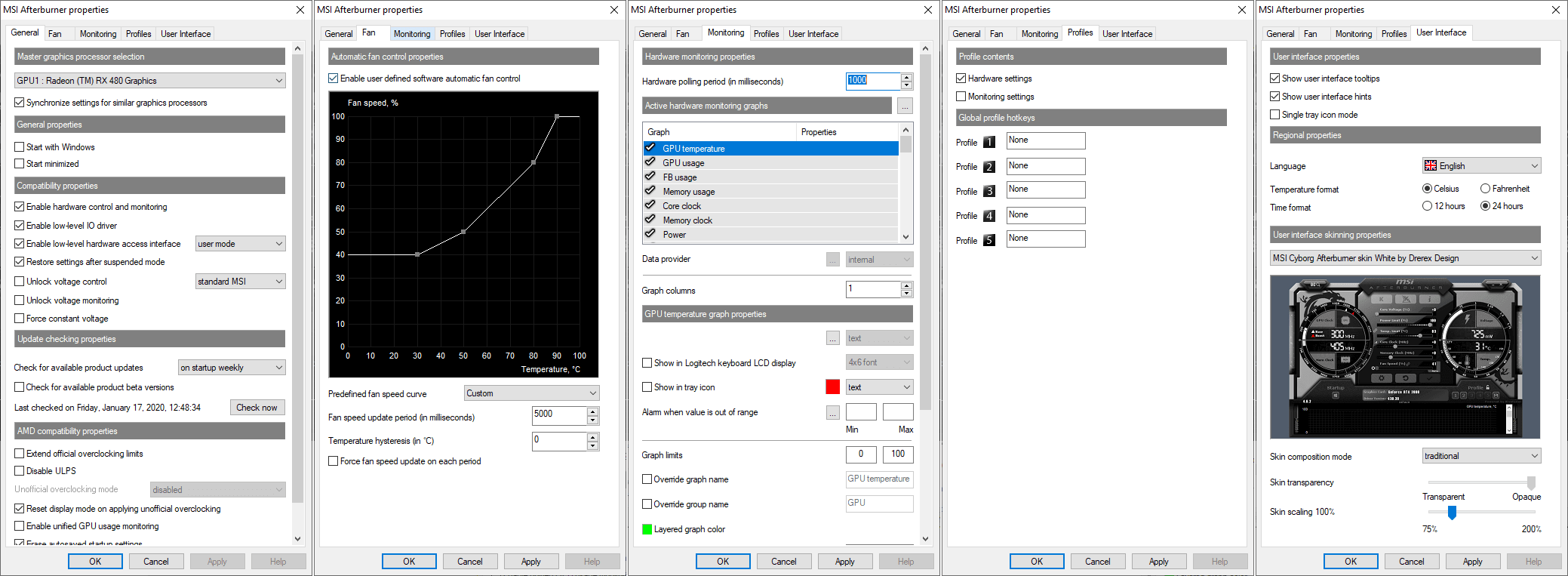

MSI GTX 1080 Gaming X Overclocking Results Vendors can determine parameters for voltage-frequency curve determination by the OC scanner.” In EVGA Precision, a ScanOC tool finds the optimal setup and provides a baseline that allows enthusiasts to further tune their setup. If a particular voltage point is less stable, the frequency offset can be adjusted by the tool or by manual control. GPU Boost 3.0 supports scanners, which figure out the optimal frequency for each individual voltage point. The obvious solution is to step-down the OC globally until something is stable across the board, but then we're losing OC room in the use cases that didn't originally trigger faults. Rather than functioning on a single slider for frequency, applications like Precision and Afterburner will now create a curve that fits your card's particular silicon.Īnyone who's overclocked knows that a high frequency may be sustainable in most games or for long stretches of time, but that some specific applications or use cases will crash the drivers resultant of the overclock.

GPU Boost 3.0 and supporting applications from AIB partners will allow for frequency-voltage curve creation that fine-tunes voltages against various frequencies.

The GTX 1080 and GP104 move nVidia from GPU Boost 2.0 to GPU Boost 3.0. “GTX 1080 overclocking is revised heavily from previous generations. We couldn't get it to work with our GTX 1080, but it seems that EVGA Precision's auto-OC (called “ScanOC”) is now functioning with the latest press drivers and installation package.īut we decided to keep going the manual route – it's just better for testing.” The core functions of overclocking remain the same we're still using manual stepping and sliders to achieve high, sustained overclocks, but a new auto OC tool (currently only with EVGA Precision) makes limit finding easier. It's gotten more advanced – but not more complex.
MSI AFTERBURNER GTX 1080 SETTINGS HOW TO
How to Overclock the GTX 1080, Pascal GP104, & GTX 1070


 0 kommentar(er)
0 kommentar(er)
